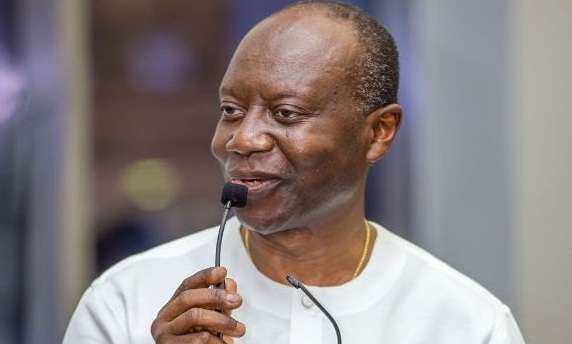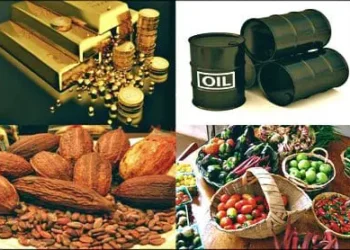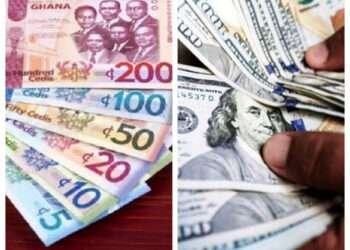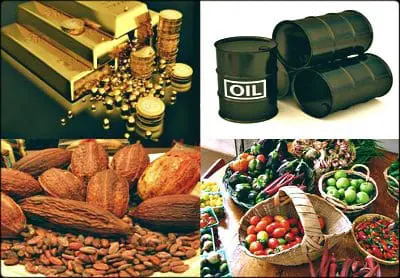Ghana’s stock of public debt has continued to rise, even though at a slower pace, gradually pushing it further above sustainable levels. According to data from the Bank of Ghana, the country’s nominal debt stock rose by GH¢3.5 billion between May and July this year.
Consequently, this pushed the Debt-to-GDP ratio to 76.4% as of End-July 2021, up from 75.7% in May, according to BoG’s latest Summary of Economic and Financial Data released on Friday, September 24, 2021.
Despite the country’s Gross Public debt rising to GH¢ 335.9 billion as of End-July 2021, it shows that government’s commitment to ensure fiscal consolidation is yielding some results, at least to some extent.
More especially, when previously, the debt rose by GH¢27.8 billion within two months, thus between April and May this year. At that time, it became more scary at such pace fearing the country’s debt could have hit almost 100% of total output, even months before the year comes to an end.

Year-on-year growth
Yet, concerns raised by major international and multinational institutions such as the World Bank and the IMF still remain critical at this stage. More so, when the debt is still very much above the 70% sustainability threshold. This highlights the need to exercise some fiscal restraint to curtail any debt service challenges on the country.
In the corresponding period of 2020, debt stock was GH¢263.4 billion, representing 68.7% of GDP at the end of July. This implies that the country’s obligations rose by GH¢72.5 billion over the past one year. This means that the debt stock rose by 27.5 percent year-on-year in July 2021.
Debt components
In terms of the major divisions of public debt, the data from the Central Bank show that domestic investors still continue to hold the majority of the country’s debt. The domestic debt component currently stands at GH¢173.4 billion, representing 39.5 percent of the country’s GDP. A caveat here is that, the banking sector continue to hold the majority of this debt, something the IMF earlier warned against. This is worrying because of its tendency to crowd out private sector investment as banks’ appetite to hold government securities rise.
The Fund also warned against monetary financing of the country’s debt. As of May 2021, domestic debt was GH¢171.7 billion and the banking sector which comprises the Central Bank and all other Commercial Banks, held GH¢86.5 billion, representing 50.4 percent of the entire debt.
Private sector credit
Private Sector Credit however, declined from GH¢43.3 billion in May 2021 to GH¢ 42.7 billion in June 2021, a 1.4 percentage points decline. At the end of the first half of 2021, private sector credit growth slowed to 6.8 percent , reflecting a 7.4 percentage point decrease compared to 14.2 percent in June 2020.

Should this continue, Agriculture, one of the key sectors in economic transformation, will continue to receive limited credit which has already declined by 35.41% year-on-year in April 2021. It is of major concern since BoG earlier revealed that credit flow to the private sector is concentrated within four key sub-sectors.
With regards to the other debt component, external debt currently stands at GH¢162.5 billion, representing 37.0 percent of GDP. At End-July last year, external debt was GH¢138.4 billion, accounting for 36.1 percent of GDP. This also implies that investors outside Ghana still have confidence in Ghana’s debt serving potentials. As such, reaffirming the IMF’s earlier statement that Ghana has the ability to pay off all its debts. But this does not also mean that the country should continue to borrow without looking at the implications on the economy.
Revenues and Grants
On the other side of the coin, revenues and grants also saw some improvements over the review period. Total revenue and grants rose from 5.1% of GDP in May 2021 to 7.8 percent as of End-July this year, a miniature improvement over the 7.3 percent of GDP recorded in July last year.
Compared to debt, revenue mobilization remains very low despite recent efforts by the government to improve it. Tax revenue as a percentage of GDP still lies very much below 15%, lower than that of most African countries. Whilst efforts to improve revenue mobilization through digitization continues, more fiscal discipline from government is critical.
Just as the IMF earlier emphasized, ongoing energy sector review, diversification in tourism, and the digital transition, which has the potential to reduce corruption, boost tax revenues, and improve service delivery should be the hallmark at this juncture.























